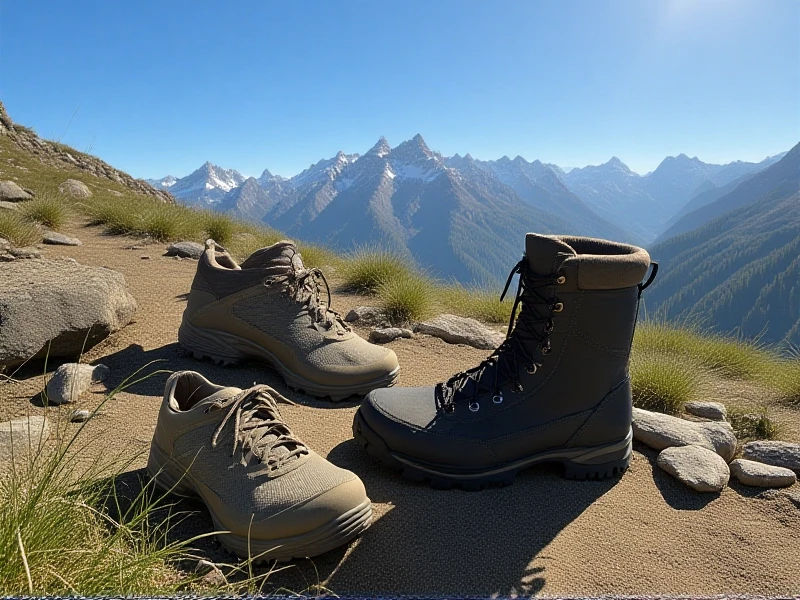Your Perfect Trail Companion: Choosing Lightweight Waterproof Hiking Shoes

Imagine tackling a muddy, rocky trail after rainfall. Confidence in every step comes from reliable hiking shoes. Whether you're a weekend wanderer or an ambitious backpacker, the right footwear transforms your outdoor experience, providing comfort, protection, and essential traction. But with countless options, selecting the perfect hiking shoe feels overwhelming. Focus on core features: weight, waterproofing, support, and breathability.
Lightweight hikers are ideal for day trips and faster-paced adventures where agility matters. They reduce fatigue over miles while still offering significant stability and protection against rocks and roots. Crucially, waterproof hiking shoes (often using breathable membranes like Gore-Tex) are nearly indispensable. They keep your feet dry crossing streams, traversing wet grass, or hiking in damp conditions, ensuring warmth and preventing blisters. Remember, breathability is vital alongside waterproofing to manage sweat and prevent internal dampness.
The shoe's structure is paramount. Look for durable, supportive midsoles and stiff shanks for uneven terrain. Aggressive lug patterns on the outsole guarantee superior grip on a variety of surfaces – loose dirt, wet rocks, gravel. Vibram® Megagrip or similar high-performance rubber offers outstanding traction. Consider the height: ankle-high versions provide extra ankle support for backpacking or rough trails, while lower-cut options offer maximum freedom for well-maintained paths or trail running hybrids.
Don't neglect foot comfort! Ensure ample toe room to prevent bruising during descents. The shoe should hug your heel securely without slipping to avoid blisters. Quality insoles or custom orthotics can enhance fit and reduce fatigue significantly. Break them in thoroughly on shorter outings before committing to a major hike to avoid painful surprises.
Even the best hiking shoes wear out. Replace them when the tread is visibly worn, cushioning feels flat, or midsoles appear creased sideways – typically after 300-500 miles. For sustainability, explore brands offering recycling programs for worn-out shoes, turning your retired trail companions into new materials rather than landfill waste. Every step in the right pair makes the journey safer, more enjoyable, and minimizes your environmental footprint. Find your perfect match today, hit the trail confidently, and explore further tomorrow. Discover the difference proper footwear makes! Need fitting tips? Check our online size guides or visit an outfitter for personalized advice. Happy Trails!